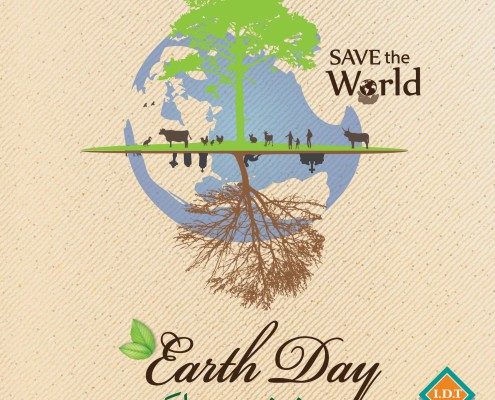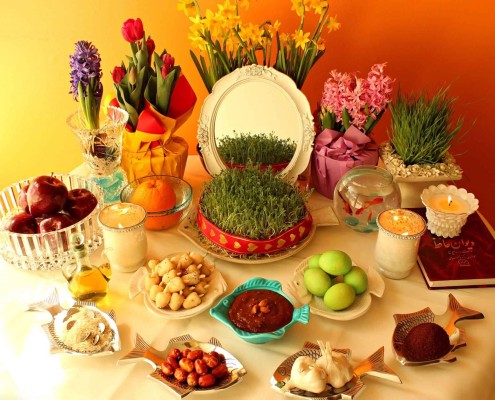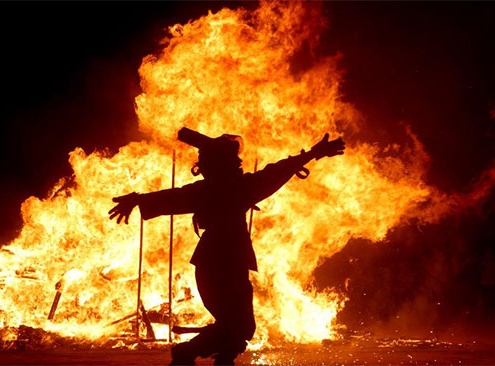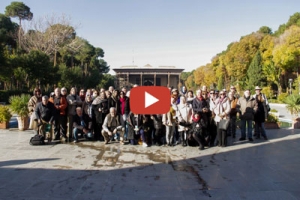 https://irandoostan.com/dostcont/uploads/2016/04/zamine-pak_Artboard-3.jpg
2480
2480
Travel to Iran
https://irandoostan.com/dostcont/uploads/2025/05/Irandoostan-logo.webp
Travel to Iran2016-04-20 11:46:122025-04-13 15:26:07International Earth Day
https://irandoostan.com/dostcont/uploads/2016/04/zamine-pak_Artboard-3.jpg
2480
2480
Travel to Iran
https://irandoostan.com/dostcont/uploads/2025/05/Irandoostan-logo.webp
Travel to Iran2016-04-20 11:46:122025-04-13 15:26:07International Earth Day https://irandoostan.com/dostcont/uploads/2016/03/nowruz-haft-seen-new95.jpg
1462
1920
Travel to Iran
https://irandoostan.com/dostcont/uploads/2025/05/Irandoostan-logo.webp
Travel to Iran2016-03-14 08:20:182025-04-13 15:26:54Nowruz, Persian New Year
https://irandoostan.com/dostcont/uploads/2016/03/nowruz-haft-seen-new95.jpg
1462
1920
Travel to Iran
https://irandoostan.com/dostcont/uploads/2025/05/Irandoostan-logo.webp
Travel to Iran2016-03-14 08:20:182025-04-13 15:26:54Nowruz, Persian New Year
Chaharshanbe Suri (Meaning, Origins, Photos)
Traveling to Iran on the last days of the Iranian year, you will…

Sadeh Festival, a Celebration for Blessings (Date, History)
The 10th day of month Bahman in Persian calendar, 30th of January,…

A Persian Thanksgiving on Yalda Night
The origin of Yalda Night
On the days that Zoroastrianism was…

Mehregan Celebration; The Persian Festival of Autumn
Autumn starts with the month of Mehr in Persia, and its 16th…


